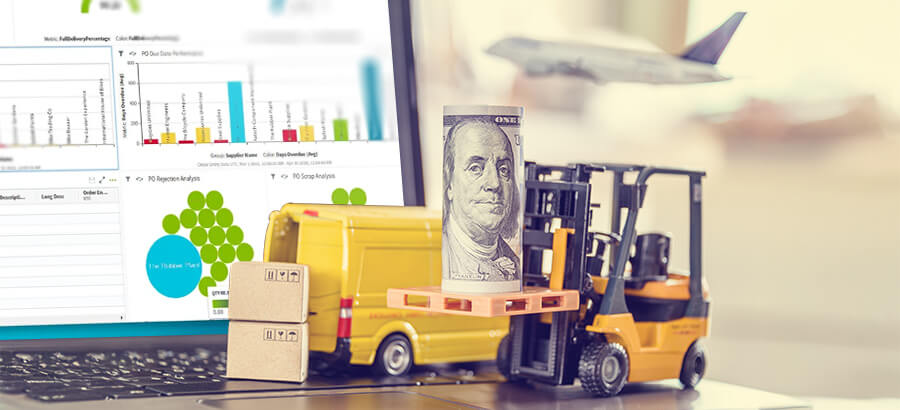With technology constantly evolving, there may be times when you feel that you just can’t keep up. It’s at these times that you have to keep an open mind and be open to new possibilities. The saying you can’t teach an old dog new tricks cannot apply in this day and age.
Many of our clients are asking how best to store their data: on-premises, or on the cloud? During the early days of the cloud the answer was easy – stick with the safety of your on-premises storage. Now, however, evolution has enabled a third option, a hybrid cloud/on-premises storage environment.
Old Versus New
As usual, it pays to put on your long-term thinking cap and do some back-of-the envelope calculations. On-premises storage can be expensive. The TCO (total cost of ownership), includes:
- Hardware
- Licensing fees
- Monthly maintenance
- On-site backup software
- Antivirus software
- Electricity consumption (over US$700 per server per year according to one study[1])
- IT personnel-hours
- 3-5 year hardware replacement.
Cloud costs, on the other hand, are typically pay-as-you-go, and have been coming down as the technology matures. In addition, implementation, build-out and future scale-up are usually faster and less expensive. To make things even easier, cloud service providers take on the tasks of maintenance, security, software updates and troubleshooting.
There’s also comfort in the fact that cloud providers hire top-tier data-storage and security specialists. Nothing is invulnerable, and cloud storage is no exception. In general, however, the cloud is reputedly outperforming on-premises solutions in terms of high availability and downtime.
The Cloud’s Dark Lining
Ignoring the realities of regulatory compliance (which can stipulate on-premises back-up), I still have some reservations about moving completely to the cloud. To start with, a full migration may be impractical for organizations with legacy on-premises storage solutions, which are often embedded into their IT infrastructures and integrated with mission-critical systems. For those companies, there’s no easy route from local to cloud storage.
You should also consider the issue of latency. Sharing large amounts of data on the cloud, especially for a business in a last-mile location, or with particularly high bandwidth requirements, could slow your network to a crawl. While this isn’t a big deal for services such as e-mail, high latency can be a real problem for applications such as virtual desktops and VOIP. Scheduling uploads for less-busy times (at night, for example) can help, but may become impractical as your data requirements grow.
http://www.zdnet.com/article/toolkit-calculate-datacenter-server-power-usage/
Importantly, the speed of data transfer could affect your recovery time objective (RTO) in the event of a disaster. There is no use specifying an RTO of 60 minutes if it will take two hours to download your data from your cloud provider. It may be faster, and cheaper, to retrieve your data from local off-site storage.
Hybrid Solutions
IDC (International Data Corporation) predicts that the global market for hybrid storage solutions will grow to $84 billion by 2019. That kind of growth wouldn’t surprise me at all. Hybrid storage environments allow businesses to leverage the cloud for data protection and disaster recovery, while minimizing, or in some cases eliminating, the costs of maintaining and expanding a datacenter.
Hybrid storage creates tiers of back-up that mirror your data requirements. For example, you might use SSD (solid state disks) for your most frequently accessed data, hard disk drives for less frequently accessed data, and the cloud for archived data and off-site data protection. This allows companies all the advantages of the cloud, with lower latency, and without exposing mission-critical applications or vital data.
In the final analysis, choosing your storage solution boils down to determining what’s best for your company’s data requirements. In my mind, hybrid data-storage solutions can help companies become agile, data-driven entities, while lowering IT budgets and bolstering business continuity plans.






